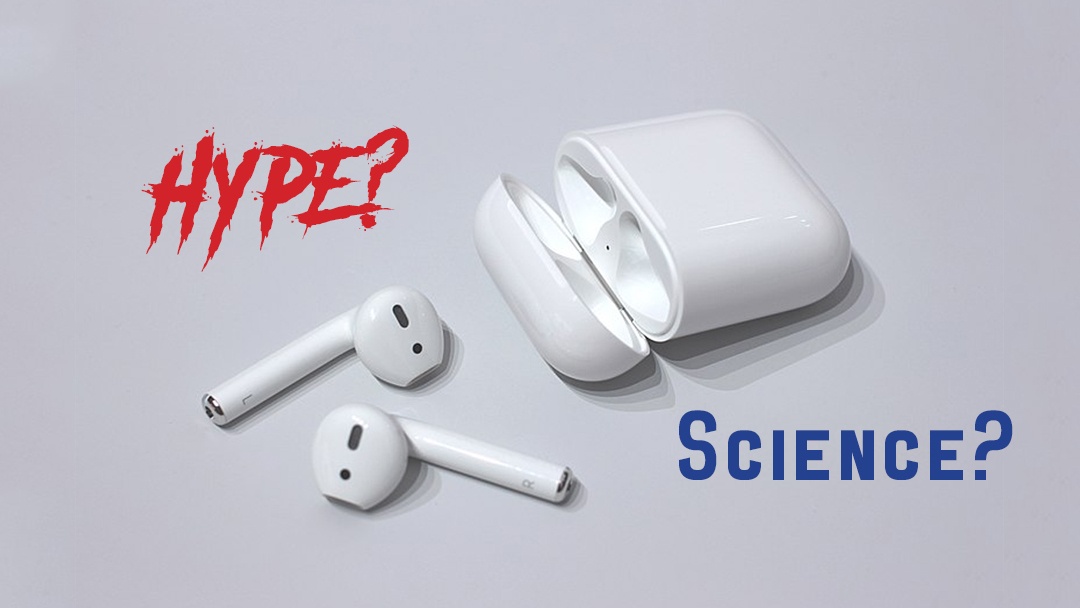Those looking for a bit of mystery to pursue can even look in the business world, at sheer consumer products from time to time. Cut through all the shameless hype for all the junk pretending to be things we need, and once in while the question will surface: how the heck did they do that, exactly?
Such a case are the oddball wireless earphones launched by Apple in 2016 called AirPods, funny shaped earbuds that go in your ear with no hook or wire or tether. They look for all the world like they should be falling out of your ears, especially if you exercise or hustle about. Except that for most people, in almost all situations, they don’t. They simply don’t.
“While a falling EarPod is annoying, falling AirPods could quickly get expensive.
But some early reports suggest that they don’t suffer the same issue. Despite being visually identical, Apple appears to have applied some magic to them to ensure they stay put.” ~ Ben Lovejoy, 9to5Mac, September 9, 2016
We’re in the mystery business here at M.O.Mystery, not computers, consumer products… we don’t sell insurance, real estate, snake oil, or anything else, we own no stock in Apple and don’t know if the company has a bright future or will be eaten up by Jeff Bezos next year.
We’re in the mystery business, and when one of our editors notices that there’s some real to the hype, that a product performs in a way that doesn’t make sense, we want to know why.
Why do those strange looking things stay in the ear when they should be falling out like crazy?
Are they really different, blessed with some subtle design touch, that sets them apart from the wired EarPods that preceded them?
We believe in science, not “magic.” Our product Sherlock wants to get to the bottom, to the science, of what makes these AirPods tick.












